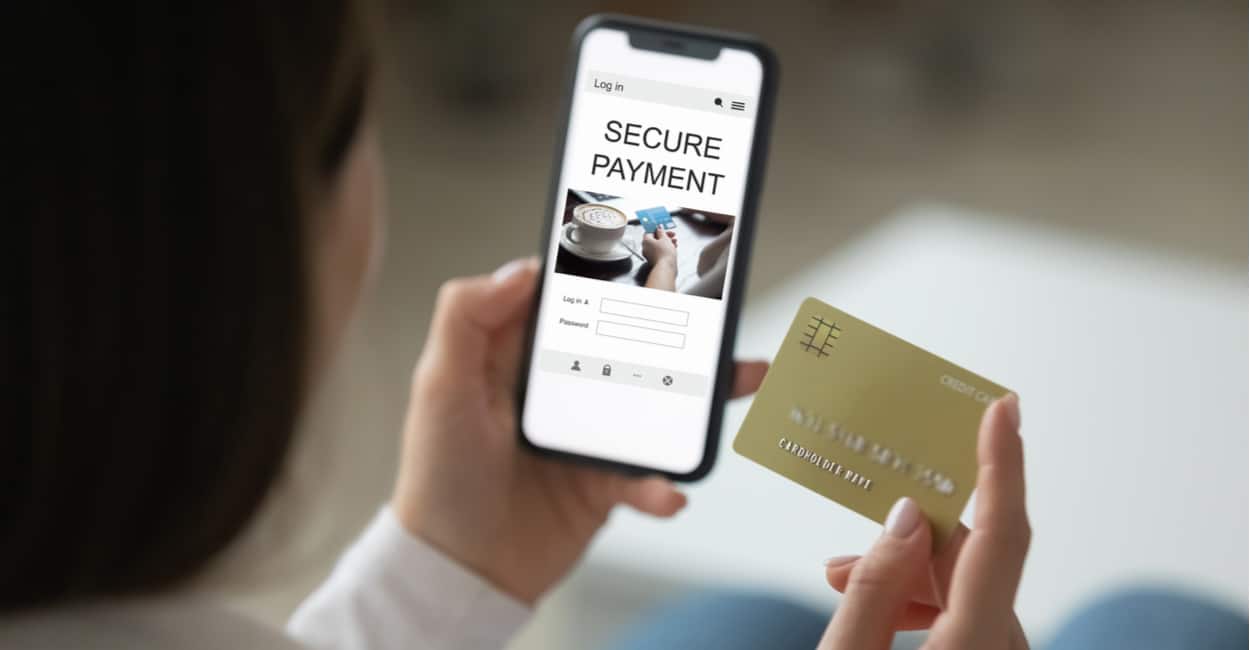Thanks to the Covid pandemic, virtual credit cards are becoming an emerging trend in the MENA region as users now have a range of secure payment options.
What is helping the transition is the $200 billion digital business in the Middle East. According to the Middle East Institute, growth of digital payments in the region is experiencing some 30 percent annual growth. Local lenders as a result are transferring more services online to cater to a young, tech-savvy consumer base.
According to Tribal, a company that helps startups access credit businesses based in the MENA region used 25.4 single-use virtual credit cards against 12.5, which is the global average. This is compared with 9.4 virtual cards used by companies in Latin America.
Tribal also revealed instances where businesses have used more than 400 virtual cards.
Amira Fadel, Tribal’s General Manager for MENA, said: “Startups can have problems acquiring credit cards through traditional banks; they may not meet requirements, or the approval process may take a long time.”
“These businesses require customized financial products, such as virtual cards, which have evolved into a highly effective and efficient spending control tool due to the unlimited number of cards produced, whether for one-time or recurring expenses.”
The single-use virtual card was designed so that companies can pay for an individual expense – for example, the purchase of a collaborator’s flight – and that, after being used, can be closed reinforcing security and control. Likewise, there is the periodic use card, a product for which it can assign personalized funds each month tailored to the company’s recurring expenses, such as payments for digital advertising.
Whether they are for single or recurring use, virtual cards have established themselves as secure and efficient solutions for digital transactions because they offer data encryption and cannot be misplaced or lost due to their digital nature, which makes it difficult for companies that are victims of crimes such as cloning and identity theft.
What are virtual cards?
Virtual cards work exactly like your physical bank card; they live in your digital wallet on your phone instead of your physical wallet. Secured by encryption, they offer a safe and convenient way to pay online and in-store
These cards have their own unique card number, expiry date, and CVC as your physical bank card and can be used with Apple Pay or Google Pay.
Features and advantages of virtual cards
Offers improved security
Virtual credit cards come with a one-time usage option. The generated card number is valid for a period ranging from 24 hours to 48 hours. In addition, the card is available only online, thus minimizing the chances of misuse or theft. In some cases, a cardholder can cancel the card if they do not require it.
It comes with a transactional limit.
Similar to physical credit cards, virtual cards also come with a set credit limit. Users can transact multiple times within this limit. Its credit limit is identical to that of the primary card.
Immediate availability
As card issuers provide virtual cards online, customers can access them immediately for required transactions.
Instant online application and blocking facility
Cardholders can apply online and block their virtual cards instantly online in case of any suspected fraudulent activities.
CVV remains the same throughout
The CVV number of a virtual credit remains the same if the card is active irrespective of the number of transactions a customer makes. It only changes when a customer cancels it and avails a new card instead.
Issued to primary customer
A virtual card is issued only to the primary cardholder and not to an add-on holder of the primary card.








